George Eastman was an American businessman who started the Eastman Kodak Company and made it easier for people to take photographs using roll film. After spending about 10 years trying different types of photography, he invented and sold a camera that used roll film, which allowed anyone to take pictures without needing special equipment or being very experienced. As the treasurer, then president of Kodak, Eastman was in charge of growing the company and the film industry.
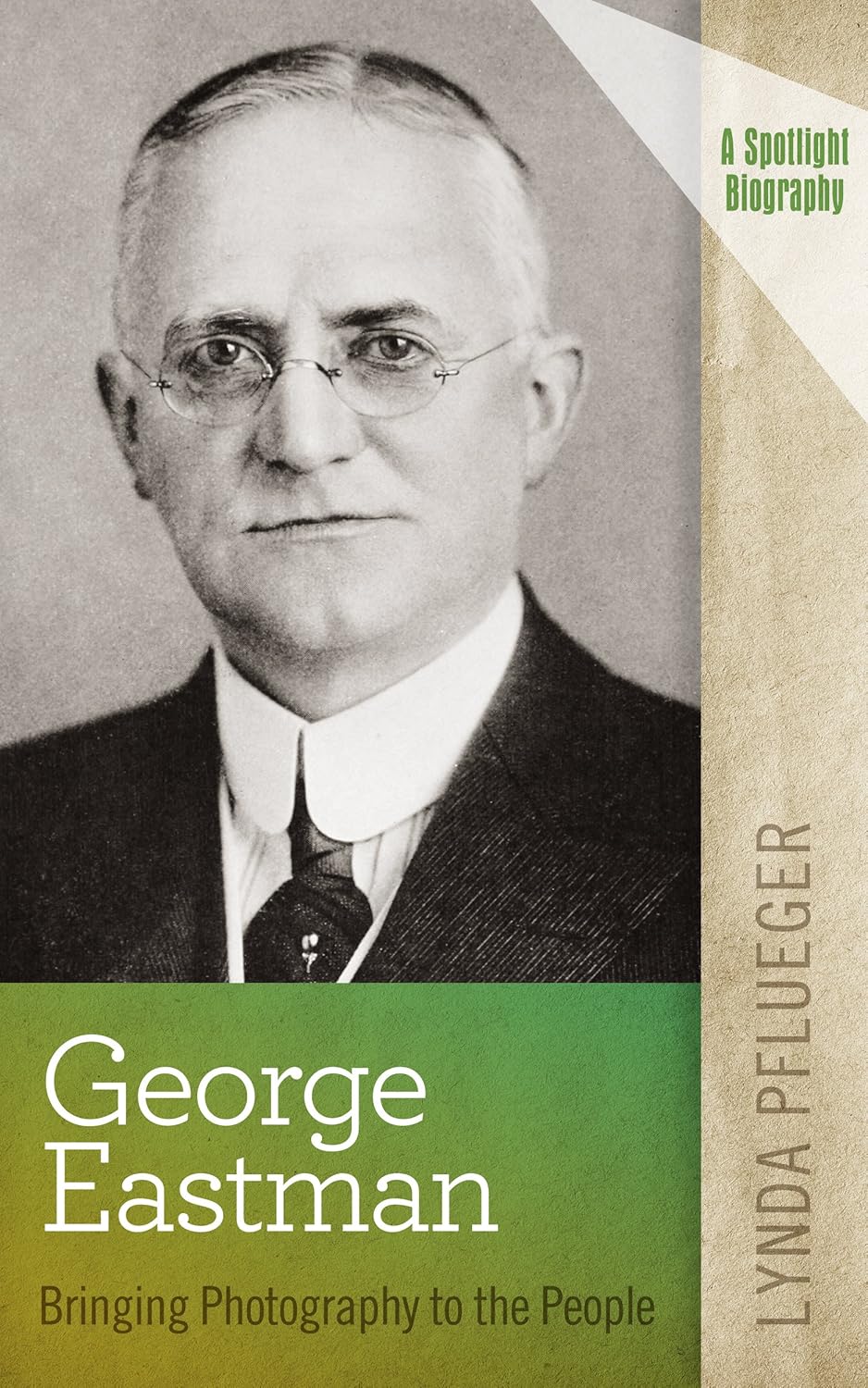
Eastman was a prominent figure who dedicated his life to giving back. He created the Eastman School of Music and helped launch the Rochester Philharmonic Orchestra, as well as schools of dentistry and medicine at two major universities. In addition, he made significant contributions to several institutions, including the Rochester Institute of Technology and the Massachusetts Institute of Technology (MIT). The university also built new buildings on its second campus near the Charles River. Eastman had a special interest in helping people’s health, so he provided funding for clinics in London and other European cities that served low-income residents.
In his last two years, Eastman suffered greatly due to a spinal condition that made him very uncomfortable. On March 14, 1932, he ended his life by shooting himself in the heart and left behind a note saying that he felt ready to move on from life.
Eastman is considered one of the most important people who ever lived in Rochester, New York. He has been honored with special places on several college campuses and the famous Hollywood Walk of Fame. The George Eastman Museum, which was named after him, has even been recognized as a very special historic place by the national government.
Eastman’s childhood home was moved from Waterville to the Genesee Country Village and Museum.
George Washington Eastman and his wife Maria Kilbourn had bought a 10-acre farm in 1849, where their youngest son, George Eastman, was born. He had two older sisters named Ellen and Katie. As a result of not having siblings close to his age, Eastman received little formal education during his childhood. However, he did attend a private school in Rochester after the age of eight.
In the early 1840s, George’s dad began running a business school called the Eastman Commercial College in Rochester, New York. The city quickly grew into one of America’s first boomtowns because it was rapidly becoming industrialized. As his dad got sicker, the family stopped farming and moved to Rochester in 1860. His dad passed away on April 27, 1862, due to a brain illness. To make ends meet and pay for George’s education, his mom took in guests to rent rooms.
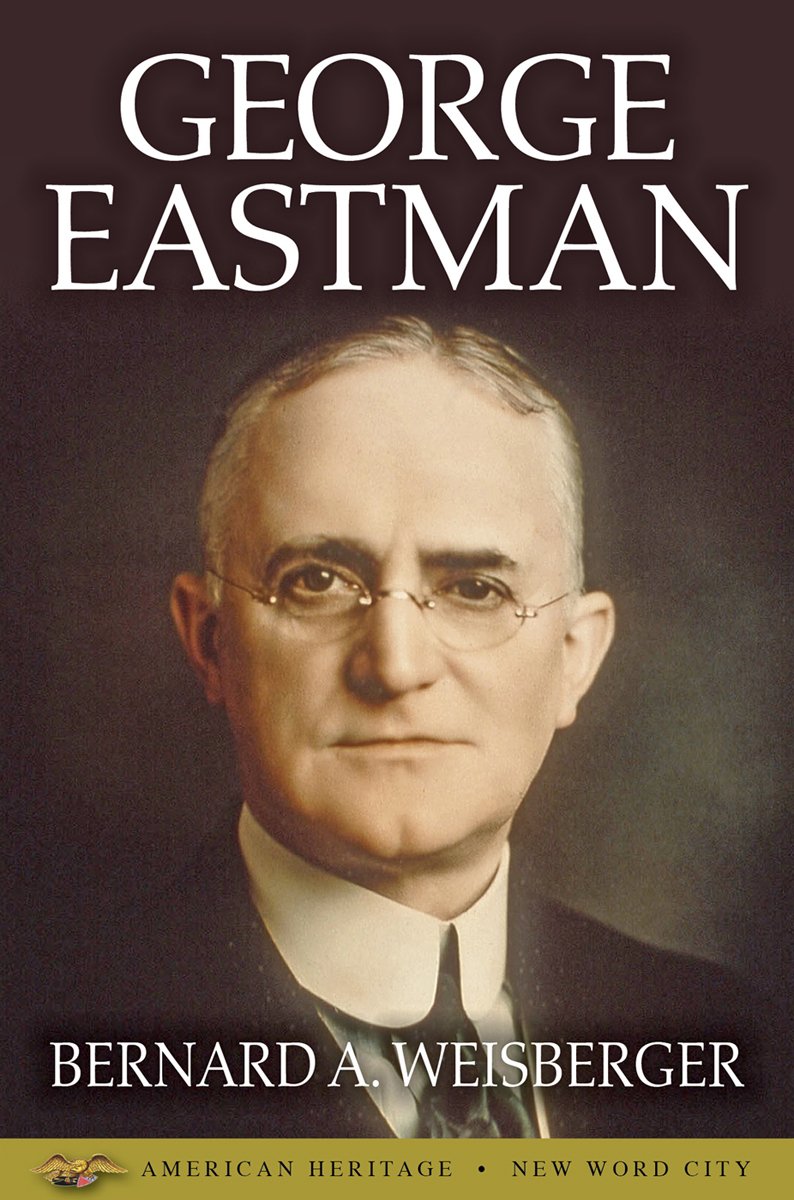
The second daughter, Katie, got very sick with polio when she was young and sadly passed away late in 1870 when George was just 15 years old. Because of this, George had to leave school early to start working so that his family could survive. As Eastman’s photography business began to do well, he promised himself that he would help take care of his mother after everything she had gone through raising him on her own.
Eastman’s passion for photography started while he worked as a bank clerk in the 1870s. He took lessons from George Monroe and George Selden, which led him to create a machine that could coat dry plates with a special coating in 1879. Two years later, Eastman founded the Eastman Dry Plate Company with his partner Henry Strong, making Strong the president and Eastman the treasurer. During this time, he also started experimenting with creating a flexible film roll that would replace dry plates altogether. In 1885, Eastman received a patent for his film roll invention, and then focused on building a camera to use it. When his new camera was ready in 1888, Eastman patented and released the Kodak camera, which came loaded with enough film for 100 exposures. Once all the shots were taken, photographers sent the cameras back to Rochester, along with $10, where they would send the film to be developed, print each picture, load new film into the camera, and return it to the photographer along with the finished prints.
The idea of separating photography from film development was a groundbreaking concept that made taking pictures more straightforward for beginners than ever before, which led to an instant surge in camera sales among the public. By August 1888, Eastman was facing a huge demand for cameras, and he and his team began working on multiple new models simultaneously. The rapidly expanding Eastman Dry Plate Company was restructured into a larger company called Eastman in 1889, before becoming officially known as Eastman Kodak a year later.
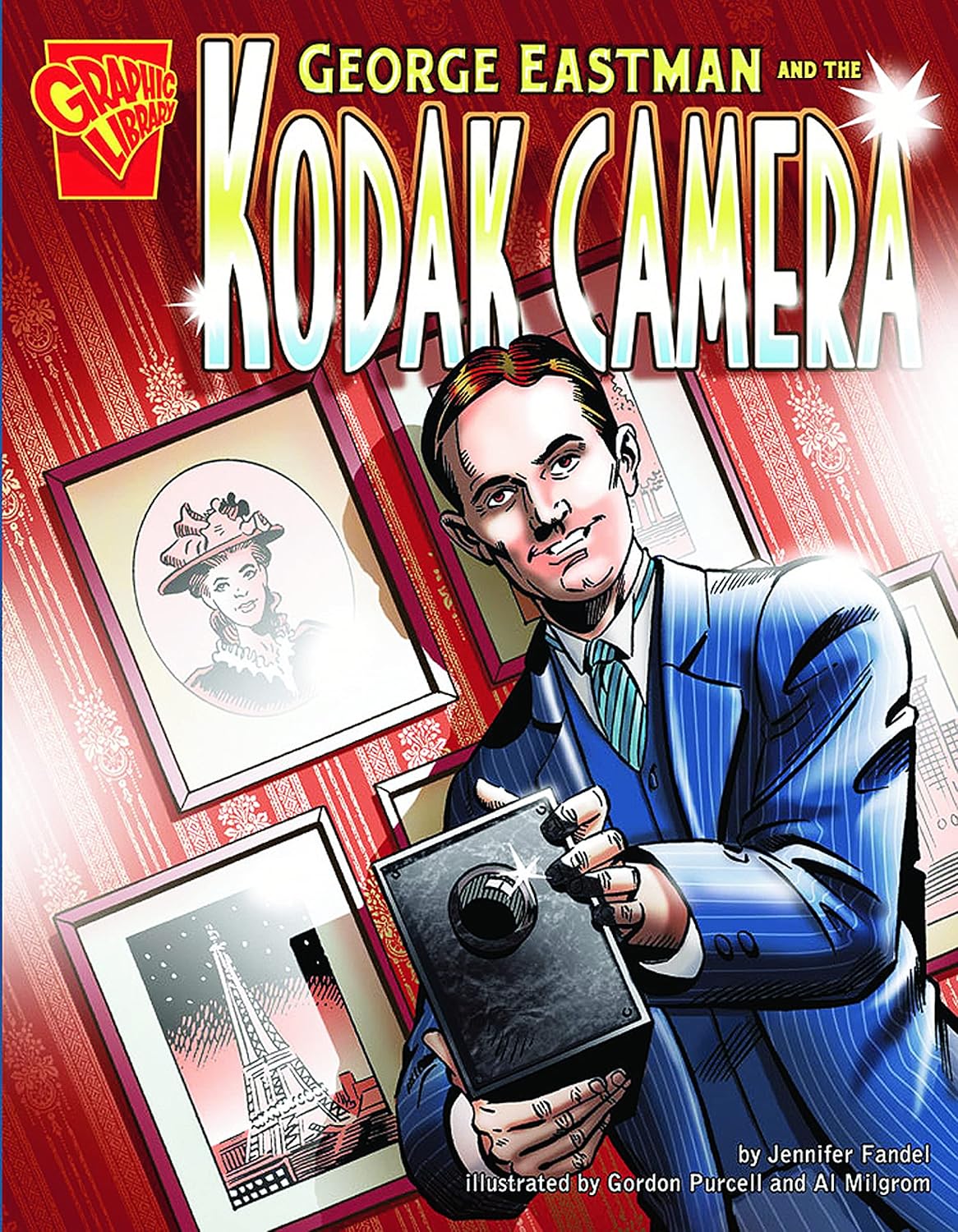
Kodak’s success was largely built on selling film rolls rather than cameras. To achieve this goal, Eastman focused on producing quality and affordable film for all camera manufacturers. As a result, his competitors became valuable partners in business. In 1889, Eastman patented the first nitrocellulose film with the help of chemist Henry Reichenbach. However, several patent infringement disputes arose over the years, including one filed by Reichenbach after he was let go from Kodak in 1892. The biggest lawsuit came from Ansco, a rival film producer who had already acquired inventor Hannibal Goodwin’s patent for nitrocellulose film in 1900. Eastman and his team had developed the process before Goodwin, but it wasn’t approved until 1898. As a result, Kodak lost the long and costly lawsuit to Ansco, which lasted over a decade and cost the company $5 Million.
Eastman carefully watched what Kodak was promoting through its ads. As a result, he created a catchy phrase that became widely known: “We take care of the rest when you press the button.” This slogan quickly spread among the general public.
During the early 1900s, Kodak’s factory and main office in Rochester were thriving centers of activity. As Kodak focused on becoming the only supplier of film stock globally through patents and purchases, it experienced rapid expansion. By 1896, Kodak had become the leading provider of film internationally, and by 1915, the company was the largest employer in Rochester, with over 8,000 workers and annual profits of $15.7 million. Just a few years later, in 1934, after Eastman’s passing, Kodak employed nearly 23,000 people. The emerging movie industry became one of Kodak’s biggest markets. When Thomas Edison and other film makers formed the Motion Picture Patents Company in 1908, Eastman negotiated with Kodak to be its sole supplier of film for this new industry. However, Kodak’s dominant position sparked concerns from the federal government, which launched an investigation into Kodak’s business practices in 1911 for unfair contracts, acquisitions of rival companies, and price-setting agreements. This led to a lawsuit against Kodak in 1913 and a final ruling in 1921, ordering Kodak to stop fixing prices and sell many of its assets.
During the 20th century, Kodak’s success continued with new inventions in film and cameras, like the Brownie camera, which was especially popular among kids. George Eastman became interested in color photography around 1904 and invested in researching ways to make colored films. As a result, he developed a two-color process called Kodachrome, created by John Capstaff. A few years later, in 1935, Kodak introduced its most famous second Kodachrome film, which was the first of its kind – an all-in-one film pack. Eastman also started a photography school in Rochester during World War I to train pilots for taking pictures from airplanes.
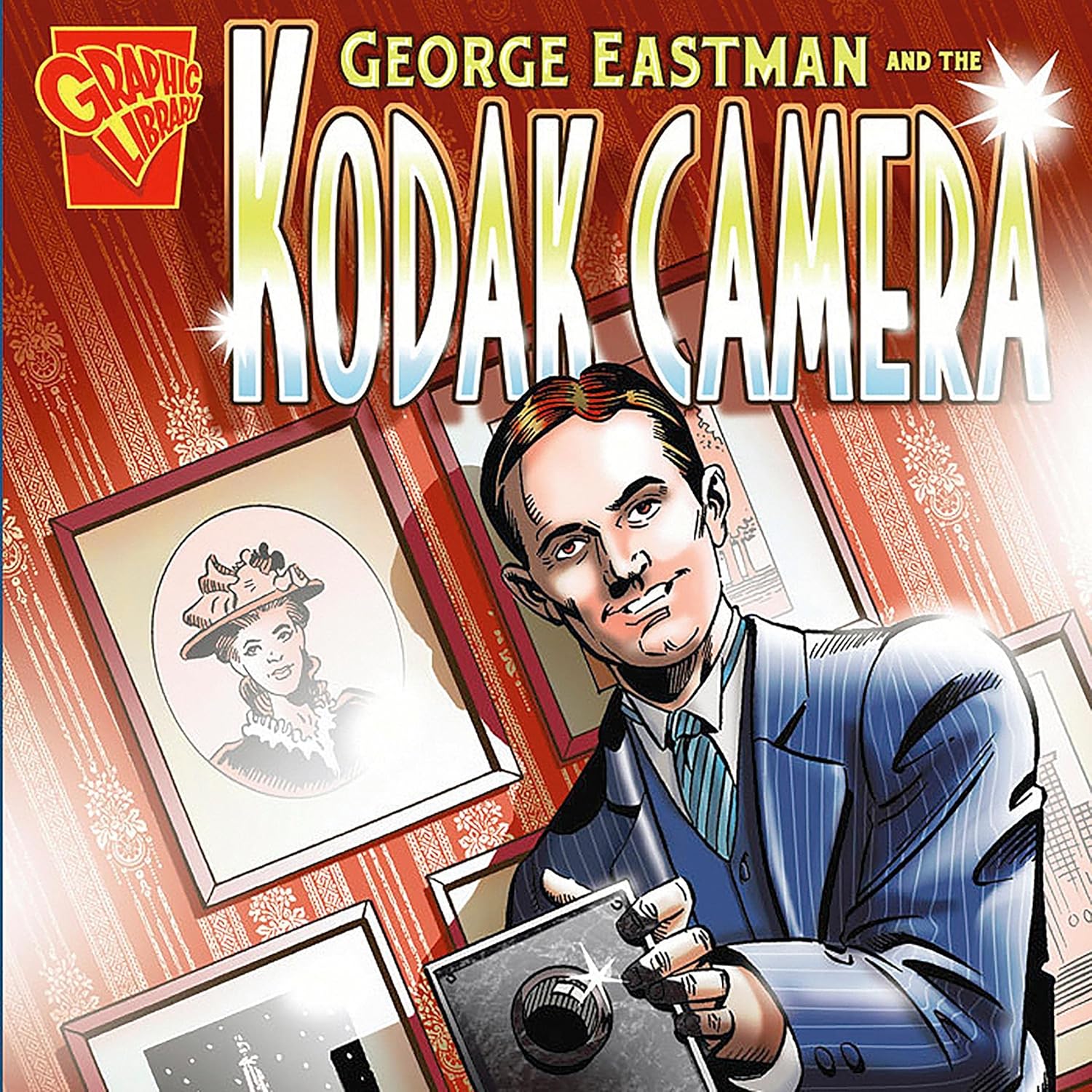
During a time when workers were becoming more organized into trade unions, Eastman tried to stay ahead of the curve by knowing what workers wanted. To do this, he created several benefits for his workers, including a special fund in 1910 that helped pay for work-related injuries and a program in 1912 where all employees shared in the company’s profits.
Eastman never got married. He was very close to his mom and his sister Ellen Maria, who lived with her family. He had a long friendship with Josephine Dickman, a talented singer who was also George Dickman’s wife. After his mom passed away in 1907, Eastman became especially close to Josephine Dickman. He enjoyed traveling, listening to music, and attending social events. He also loved playing the piano and had a lot of fun doing it.
Losing his mom, Maria, was very hard for George. He got really upset about it and couldn’t help himself when he saw his friends. For the first time in his life, he lost control of his feelings around them. When George talked about what happened to his mom later, he said that he cried all day long. He truly wished he could have stopped himself from crying. Because George’s mom was not very good at accepting gifts, George always tried to do more for her even when she wasn’t there to see it. After she died, George kept making sure to remember her by doing special things. On September 4, 1922, George opened a theater in Rochester called the Eastman Theatre, which had a music hall and a small theater dedicated to his mom’s memory. At George’s home called the Eastman House, he took care of a rose bush from his childhood home and used it as a way to remember his mom.
In his later years, Eastman met with Will H. Hays at his home in Rochester.
Eastman played an important role in the presidential election process in 1900 and 1916. Ten years earlier, he started a research group called the Bureau of Municipal Research to collect data and offer advice on government policies.
The research agency was later renamed the Center for Governmental Research, but it still works towards its original goal today. In 1924, Eastman and his team supported a vote that changed Rochester’s form of government from mayor-led to city manager-run, which passed successfully.
In 1920, George Eastman started a savings bank called Eastman Savings and Loan for his workers at Kodak. Later, the organization changed its name to ESL Federal Credit Union after it got new rules.
In the 1920s, George Eastman played a key role in promoting calendar reform and supporting the International Fixed Calendar, which consisted of 13 months per year. He had been introduced to this new system by a mutual friend and was intrigued by its concept. Eastman privately funded Cotsworth’s efforts for a year before openly backing him and his 13-month proposal. As part of this effort, Eastman played a crucial role in planning and financing the campaign for a new global calendar. He also headed the National Committee on Calendar Simplification in the United States, which was established by the League of Nations. Throughout his support for Cotsworth’s initiative, Eastman remained committed to its cause until Cotsworth’s passing.
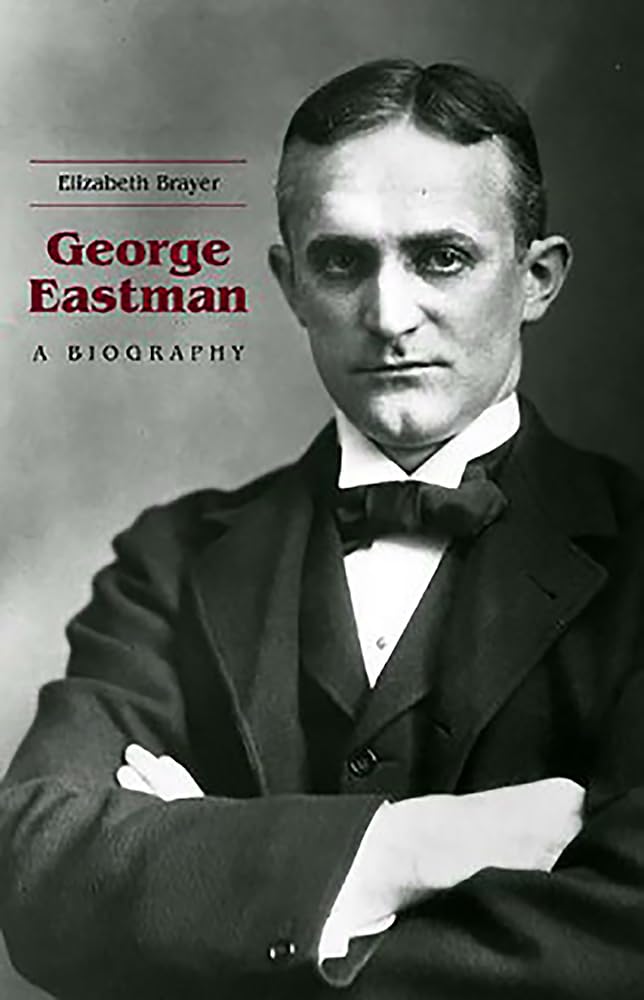
Eastman wrote many articles to help people understand the benefits of using a 13-month system, including one published in Scientific American called “How to Make Calendars Better” and another in Nation’s Business titled “Why We Need Calendar Changes.” By 1928, the Kodak Company had started using this new calendar system for their business records and continued to use it until 1989. Eastman was the leader of a group that aimed to simplify calendars across the country. However, in 1931, a meeting about calendar reform at the League of Nations was canceled due to his death and the rising threats of World War II, so this new calendar system wasn’t considered anymore.
In 1925, George Eastman stepped down from his role in overseeing daily operations at Kodak and officially retired as the president. He continued to be involved with the company through his work as a business executive and chairman of the board until he passed away.
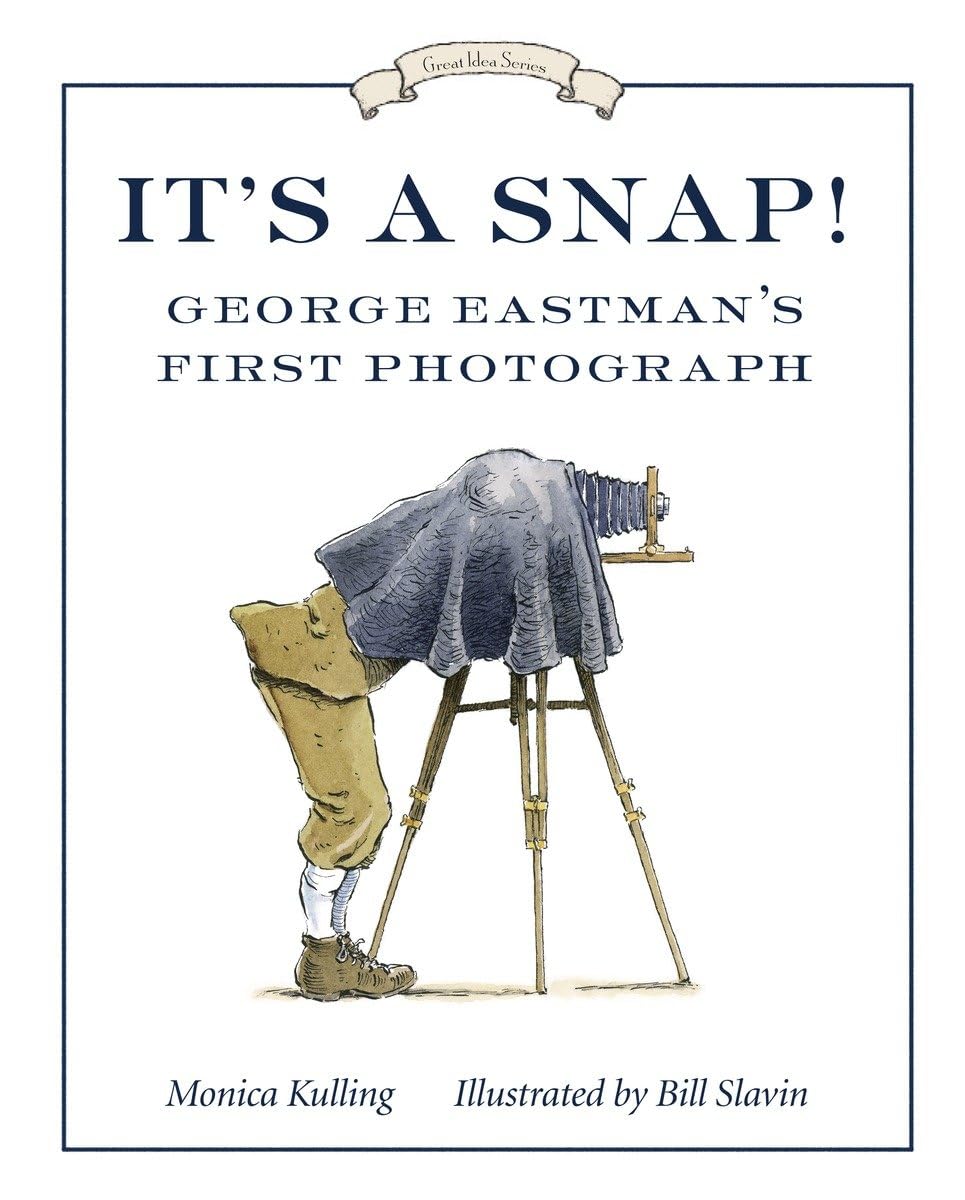
Philanthropy Eastman gave away a huge amount of money – $100 million – during his lifetime, making him one of the biggest philanthropists in the US at that time. Most of this money went to building programs and buildings for two universities: the University of Rochester and Massachusetts Institute of Technology. He liked to keep his donations secret, so he used an alias called “Mr. Smith”. In 1918, Eastman created a music school at the University of Rochester, which is now known as the Eastman School of Music. Five years later, in 1921, he also opened a medical and dental school there. In 1922, Eastman started the Rochester Philharmonic Orchestra, hiring its first conductor, Albert Coates. By 1932, when Eastman died, $100 million was worth more than $2 billion today.
The Eastman Institute, located in Stockholm, Sweden, has a long history of supporting various charitable causes. In 1915, Eastman provided funding for the establishment of a dental clinic in Rochester, New York. Later, in 1926, he made a significant donation to support a dental clinic in London. The chairman of the Royal Free Hospital, George Riddell, approached Eastman with this request, and with the help of Lord Riddell and other donors, they were able to secure £200,000 for the project.
A year after his initial donation, in 1927, another significant contribution was made by Eastman. This time, it was £50,000, which helped further support the growth of the dental clinic. A grand opening ceremony took place on November 20, 1931, with notable guests such as Neville Chamberlain, who was then the Minister of Health, and the American Ambassador to the UK.
The dental clinic became a part of the Royal Free Hospital and focused on providing dental care for underprivileged children from central London. Today, it is affiliated with University College London. In addition to supporting this clinic, Eastman also established the George Eastman Visiting Professorship at Oxford in 1929. This prestigious award is given annually to an American scholar of outstanding distinction.
Eastman’s commitment to education and healthcare continued even after his passing. He founded the Eastmaninstitutet, a dental care clinic for children, which opened its doors in Stockholm, Sweden in 1937.
Marion Gleason, who was very close to Eastman, later talked about his views on African Americans as typical for that time period – he thought they should be treated with kindness and respect, but not allowed to socialize with white people. Although Eastman donated a lot of money to schools that helped African Americans learn, such as the Hampton Institute and Tuskegee Institute, which were one of the largest donations at that time, he also supported the segregation laws that existed in Rochester. In Rochester, Kodak didn’t hire very many black employees during Eastman’s lifetime, and by 1939, a group from the New York State Legislature looked into living conditions for African Americans and found out that Kodak had only one black employee. The dentist clinic run by Eastman also wouldn’t accept any applications from black people, and the theater where movies were shown limited black patrons to just their balcony seats. Eastman refused to meet with leaders of the NAACP, including president Walter White in 1929, who asked him directly.
For over 40 years, until his passing, Eastman gave away $10,000 each year to support the American Eugenics Society. In 1932, he increased this donation to $15,000. This was a significant contribution that many members of the upper class made at the time due to worries about immigration and people from different racial backgrounds mixing.
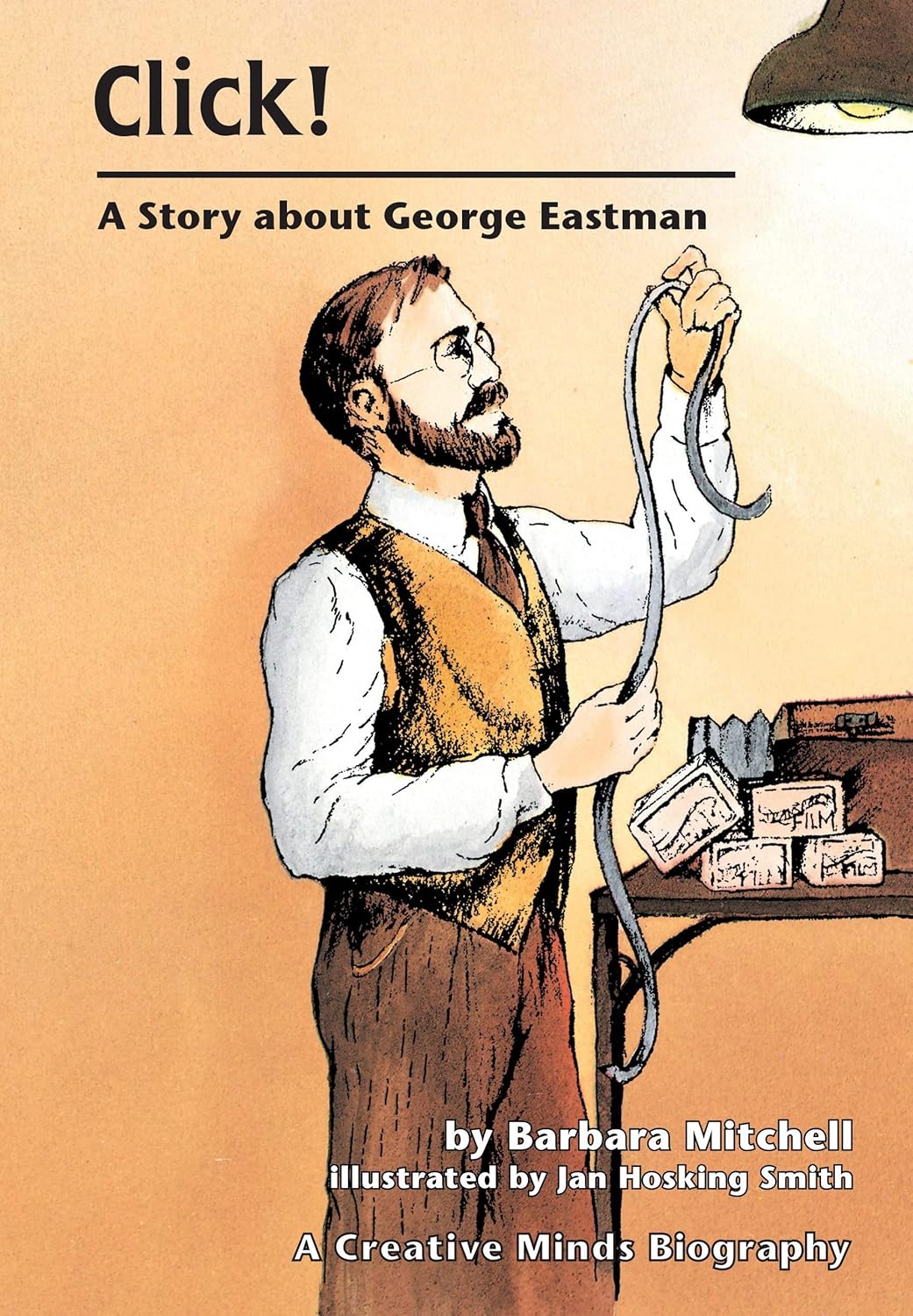
A special memorial was built at Kodak Park in Rochester to honor George Eastman. His ashes rest beneath a beautiful Georgia marble monument. During his last two years, Eastman suffered from great pain because of an illness affecting his spine. He had trouble walking and his steps became very slow. This condition is now thought to be caused by a problem with the discs or vertebrae in his back that were becoming worn out over time.
Eastman’s mother also struggled with health problems during her final two years, but it’s not clear what specific illness she was dealing with. However, Eastman’s father did have uterine cancer and underwent successful surgery. His mother’s condition is still unknown due to a lack of recorded information about her health issues beyond the cancer diagnosis.
Because of the suffering he was going through, Eastman struggled with depression. On March 14, 1932, Eastman ended his life by shooting himself in the heart. His last note said, “To my friends, I’ve finished what I needed to do – Why keep waiting?” Raymond Granger, a salesman from Rochester who came to collect insurance money from several staff members, arrived at the scene and found everyone very upset. At least one person said that Eastman’s fear of getting old and losing his memory was a reason why he made this choice.
Eastman’s funeral ceremony took place at St. Paul’s Episcopal Church in Rochester; his casket was carried outside to play Charles Gounod’s famous “Marche Romaine”. It was placed in the ground where he had established his own company, which is now known as Eastman Business Park.
The Security Trust Company of Rochester took charge of Eastman’s inheritance. All of his property went directly to the University of Rochester.
The University of Rochester has a legacy statue dedicated to John Eastman. He didn’t like being famous and wanted to control who knew about him. In interviews, he rarely shared any information, and Eastman, along with Kodak, often blocked biographers from getting access to his personal files. It wasn’t until 1996 that a complete biography of him was finally written.
Eastman holds a special place in the Hollywood Walk of Fame with two stars – one located on the north side of Hollywood Boulevard at block 6800 and another on Vine Street at block 1700. These stars honor him for his achievement of inventing bromide paper, which became an industry standard.
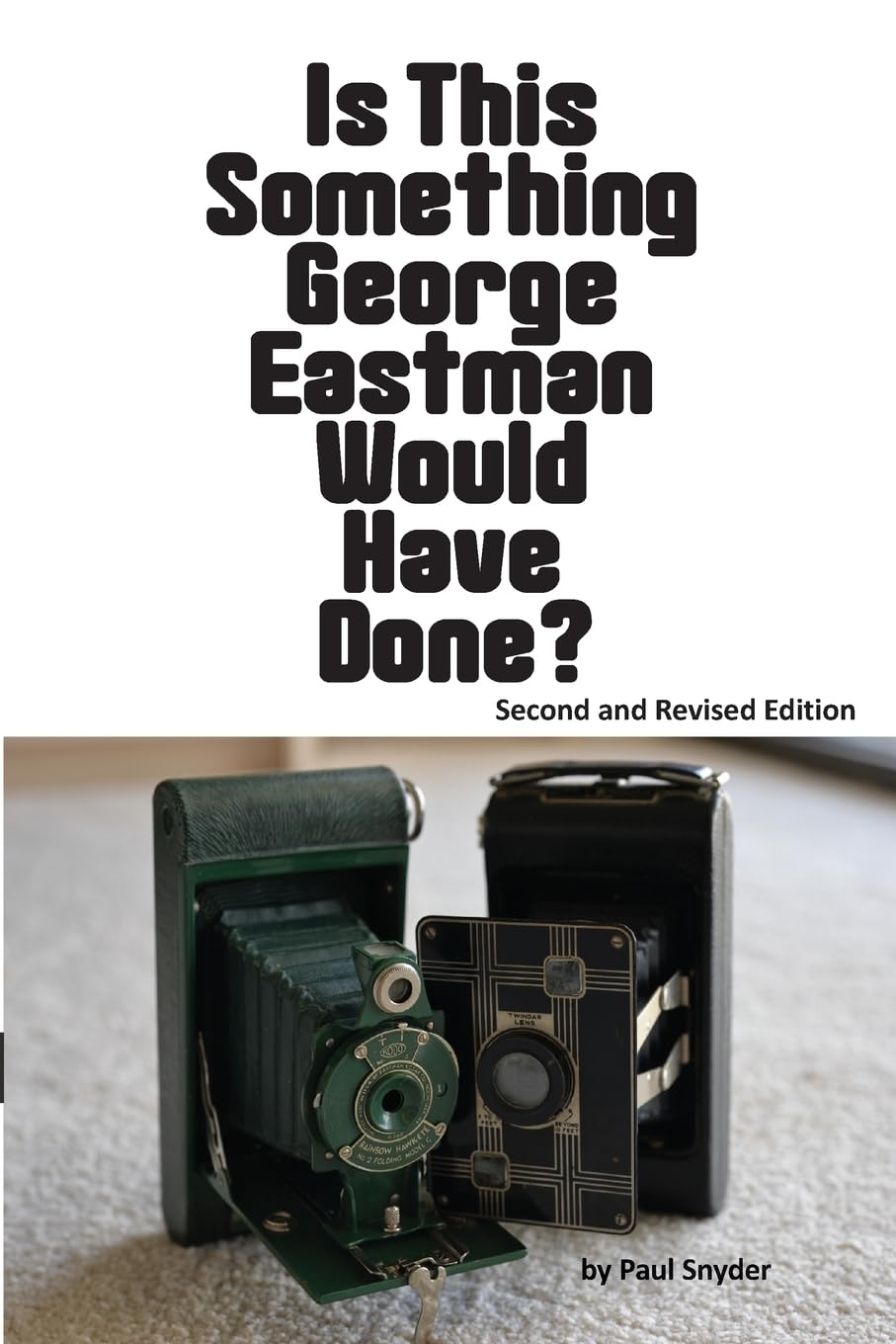
The River Campus of the University of Rochester is named after its founder, Eastman. To honor his contributions, the Rochester Institute of Technology has built a special building in his name. At MIT, they have placed a commemorative plaque on one of the buildings he funded, where students still rub it for good luck today. Eastman lived in a grand mansion at 900 East Avenue in Rochester, where he would host dinner parties and private music concerts. After his death, the University of Rochester used the mansion for many years before transforming it into the George Eastman House International Museum of Photography and Film. In 1949, it reopened under this new name and was later designated a National Historic Landmark. Today, it’s known as the George Eastman Museum.
Eastman’s childhood house was spared from being torn down. The building was taken back to how it looked when he was a kid and now it can be seen at the Genesee Country Village and Museum.
As an Amazon Associate, I earn from qualifying purchases.
- 19th Century (16)
- 19th Century Inventors (16)
- 20th Century (1)
- 20th Century Inventors (1)
Leave a Reply